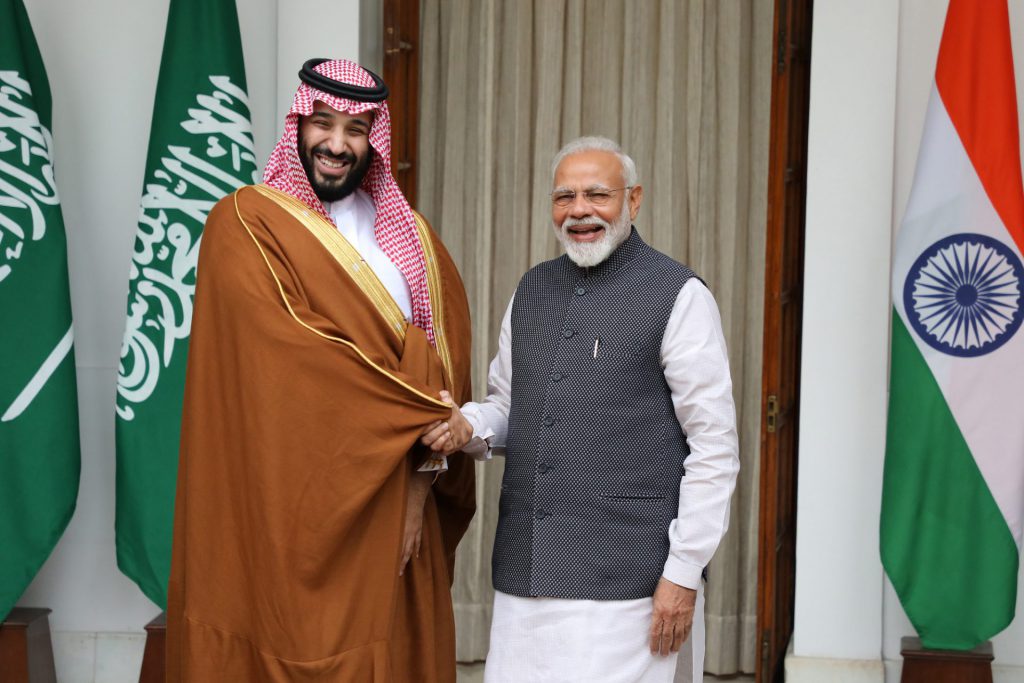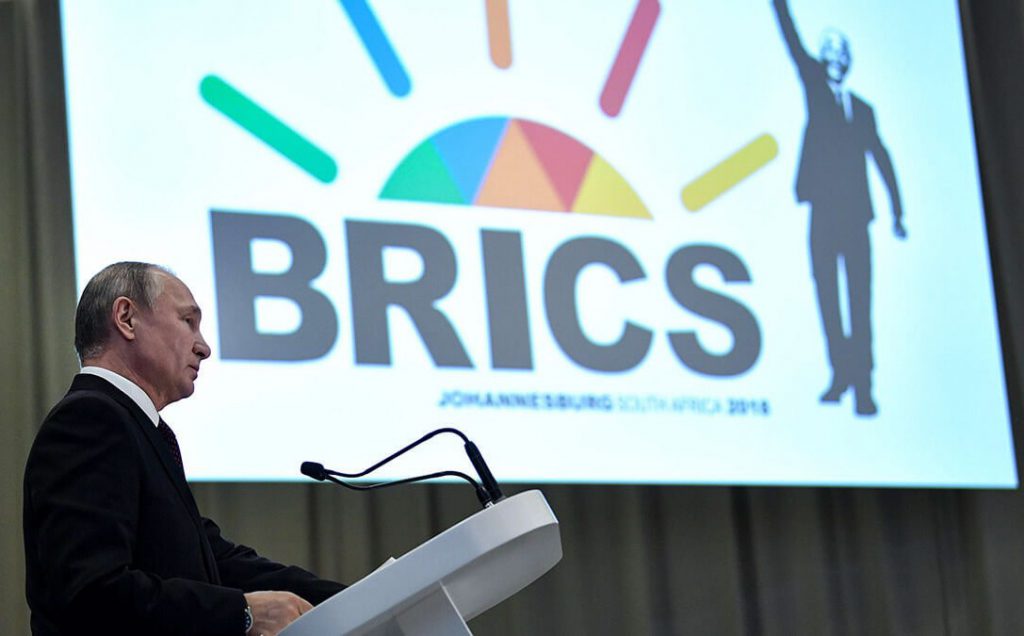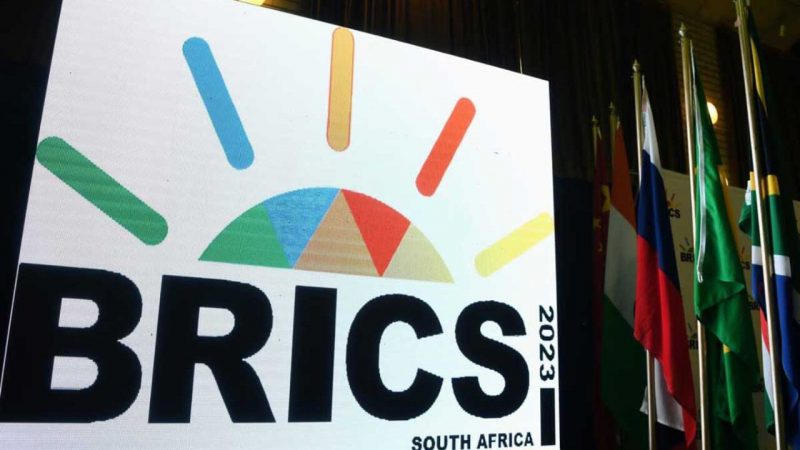Following the invitation of six new BRICS expansion countries, new members have noted their expectation of “turbocharged” growth and ambition. Specifically, Middle Eastern invitees to the bloc—Saudi Arabia, Egypt, and the United Arab Emirates (UAE)—have high hopes for investment opportunities present within the collective.
The official inclusion of these six new countries is set to go into effect in January 2024. Moreover, the countries are preparing to embrace the increased trade potential of being a part of the growing alliance. Especially as it now constitutes nearly 43% of the population of the world.


Also Read: BRICS Advancing to Create Non-US Dollar Oil Trade
BRICS Expansion Countries Preparing for Economic Growth
During the 2023 annual summit, BRICS announced the invitation of six countries to join its ranks. Specifically, it invited Saudi Arabia, the UAE, Egypt, Argentina, Ethiopia, and Iran. Subsequently, these countries are preparing to become a part of the bloc at the start of the new year. Many spent the waning months of 2023 preparing for what inclusion could generate.
Indeed, the BRICS expansion countries are preparing for “turbocharged” growth and ambition, according to UAE-based venture capital firm Global Ventures, Dr. Tariq Bin Hendi. Additionally, he noted, “the agreement will open new markets, simplify trade between its members, and create new business opportunities.”


Also Read: BRICS Pay to Lead Digital Finance Revolution of Global Economics
“Entrepreneurship in the Arab region is already growing at remarkable rates,” he stated, pointing to BRICS as “an international platform via growth and ambition,” especially for the Middle Eastern additions. “Currently, BRICS economies account for 20 percent of global exports, which will increase as new members join.”
The potential economic growth of the alliance has long been a key factor working in its favor. Indeed, its collective $27 trillion in GDP has placed it as a firm competitor to the Western-based G7 bloc. In time, it is likely to propel the alliance toward its goal of creating a multipolar global order.





